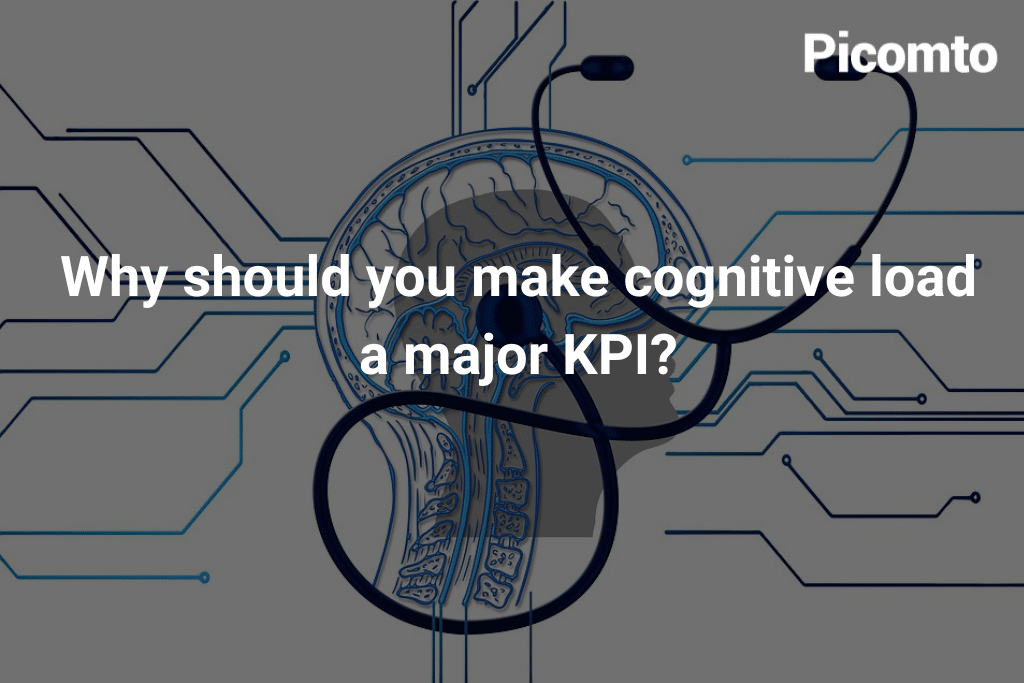
With the advent of digital technology and the automation of several tasks, work today is experiencing a whole new revolution. In fact, from now on, during all working hours, we are required to capture, process and restore various information. In the midst of all these new injunctions, we find our brain. This amazing organ is able to perform feats. However, it has certain limits. This is mainly due to speeding up labor, multiple tasks and emergency culture.
It is possible to say that in the face of these multiple changes, the risk of cognitive overload has increased considerably. Consequently, it is important to take into account the capacity of the brain in order to avoid harming the general performance of the employee.
Cognitive load
Do you know that today, the employee is interrupted on average every four minutes? Indeed, between the reception of emails and the noise in the open space, the level of demands becomes increasingly a real impediment to performance and well-being within the company.
By impediment, we mean cognitive load. The latter means the mental effort needed in order to carry out a task in a particular context.
In cognitive psychology, cognitive load is defined as the amount of working memory resources used. There are 3 types of cognitive load:
- Intrinsic cognitive load (the effort linked to a specific subject)
- Extraneous (the manner in which tasks or information are presented to the employee)
- Relevant cognitive load (the work done to create a permanent pool of knowledge)
Working memory: reduced storage space
Working memory is one of the most exceptional cognitive systems. Its mission is to temporarily store information that comes from our work environment and our own thoughts. You should know that when we reason, the idea is studied, analyzed in the working memory and then replaced by another idea. Yet, it is important to know that working memory can only have a limited number of elements and only for a few moments. Have you ever been in a meeting and forgotten an idea you had just thought of? This type of situation shows a real problem of difficulty in recording and analyzing the information in huge amounts. Thus, we find that some useful information is not retained in your working memory.
Cognitive load: mental effort
As mentioned previously, cognitive load is restricted. However, the continuous renewal of information at its disposal helps us to understand the work in its complexity. It also allows to use a large amount of information every day. It is important to know that the speed of analysis and processing of information depends mainly on the cost of processing each piece of information. It is like a worker whose mission is to assemble parts into a complete object: the more documents to gather, the longer and the more difficult the procedure will be. It should be noted that this cognitive cost essential to the processing of information stored in the working memory is called mental load or cognitive load.
The amount of information introduced in the working memory and any detail that can make the processing of information harder (such as fatigue) will therefore increase my cognitive load.
In contrast, when faced with a relatively moderate amount of information, prior knowledge and elements are able to facilitate the processing of information which will considerably reduce the cognitive load.
How to regulate cognitive load?
Cognitive underload like cognitive overload is a transient state. Note that the problem arises when one of these states is continually repeated over time.
It should be noted that the one of the keys to well-being and performance at work is simply in our ability to maintain a state of cognitive balance. To achieve this state of cognitive balance, we find two levels of action. First of all, you should start with organization. It is our ability to set up work methods, environments and corporate culture. This should be done while taking into consideration the limits of our working memory, our attention as well as our fatigue.
In addition, it is important that an employee learns to listen to his brain and to make changes in his behaviors. We can call this metacognition. As an athlete does with his body, the employee must detect the moments when his attention drops or mental fatigue appears. In this case, he must adapt his activity. For example, he can take a break or change tasks.
No matter what method you choose, the most important thing is to understand and listen to our brain.
Keys to regulating mental load
In order to implement a preventive approach to health and quality of life at work, it is important to find solutions to reduce the cognitive load of employees.
Being trained and supported on this issue should not be neglected as much for employees as for business leaders.
For employees
- Know your limits to set attainable goals
- Discuss your mental load with your manager
- Take breaks and promote real time exchange with colleagues
- Review your email management
- Protect your private life
For business leaders
- Renewal and change of work equipment: a poor work environment (physical or material) can increase the workload
- Disconnection charter (e-mail sending practices, meeting time…)
- Additional days off for certain situations (such as divorce)
- 2 annual “family caregivers” days
- Facilities accessible by public transportation (telemedicine, sport, relaxation, day nursery…)




Leave A Comment